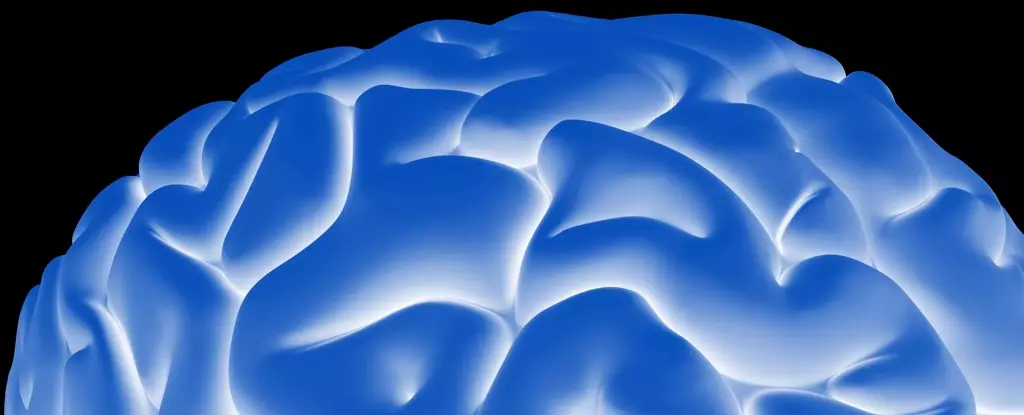Frontotemporal dementia (FTD) is a debilitating disease that affects a person’s behavior, personality, and language ability. Unlike other forms of dementia, FTD primarily impacts the frontal lobes of the brain and is characterized by the absence of memory loss until the later stages of the disease. The recent diagnosis of actor Bruce Willis with FTD has brought this rare condition into the public eye. However, there is still much that is unknown about the causes and progression of FTD. In this article, we will delve into a groundbreaking study conducted by researchers at Lund University that sheds light on the role of brain structure in FTD.
The Paracingulate Sulcus and Cognitive Function
During fetal development, the brain undergoes significant changes, including the formation of distinctive folds. One such fold, known as the paracingulate sulcus, has been found to play a crucial role in cognitive ability. Research has shown that individuals with a left paracingulate sulcus but not a right one demonstrate enhanced cognitive function, particularly in tasks involving control and memory. This finding prompted the research team at Lund University, in collaboration with colleagues in the US and Amsterdam, to investigate the role of this brain fold in FTD.
Frontotemporal Dementia and the Paracingulate Sulcus
To gain a deeper understanding of the paracingulate sulcus’s role, the research team focused their study on FTD, a form of dementia that primarily affects the frontal lobes of the brain, including the region surrounding the paracingulate sulcus. By analyzing MRI brain images of 186 individuals diagnosed with FTD, the researchers made a significant discovery. Approximately 57% of participants had a paracingulate sulcus on the right side of their brain, while the rest did not possess this additional fold.
The study revealed that participants with a paracingulate sulcus on the right side of their brain experienced a delay in the onset of FTD symptoms by an average of two and a half years. This delay is statistically significant and holds immense meaning for patients and their families, given the progressive nature of FTD. However, once symptoms began, individuals with this additional brain fold deteriorated more rapidly and had a shorter overall survival time compared to those without the fold. This apparent paradox can be explained by the concept of “brain reserve.”
The Concept of Brain Reserve
Brain reserve refers to the brain’s ability to withstand the effects of a disease before noticeable symptoms emerge. However, once the disease reaches a critical threshold, the brain’s protective mechanisms become overwhelmed, and symptoms become apparent. Individuals with high brain reserve experience a rapid decline in cognitive function after the onset of symptoms, while those with low brain reserve may progress at a slower rate. This principle applies not only to FTD but also to other neurological conditions such as Alzheimer’s disease.
The presence of the paracingulate sulcus is a remarkable discovery in the context of FTD. It acts as a protective structure, delaying the onset of symptoms in affected individuals. However, the rapid progression of symptoms after they begin suggests that this protective quality eventually becomes overwhelmed. Further research is needed to understand the precise mechanisms behind this paradox. Nevertheless, this breakthrough opens the door to potential treatments that aim to preserve the protective qualities of the paracingulate sulcus, thereby prolonging symptom onset and disease progression.
Understanding the role of brain structure in FTD is crucial for advancing our knowledge of this debilitating disease. The discovery of the paracingulate sulcus and its association with resilient cognitive function represents a significant step forward. While the study conducted by Lund University provides valuable insights, further research is necessary to unravel the intricacies of this protective mechanism fully. By unraveling the mysteries of FTD, we can work towards developing effective treatments that help patients and their families navigate the challenges posed by this devastating condition.


Leave a Reply